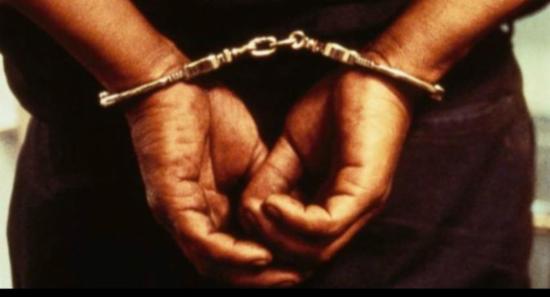.webp)

Sri Lanka’s Apparel Exports Set to Surge with UK Trade Overhaul
COLOMBO (News 1st); Sri Lanka’s garment sector is set to benefit from sweeping trade reforms under the UK’s Developing Countries Trading Scheme (DCTS), which will come into effect in early 2026. The British High Commission in Colombo has announced liberalised rules of origin that will allow Sri Lankan manufacturers to source up to 100% of garment inputs from any country while retaining tariff-free access to UK markets.
Previously, Sri Lankan exporters faced restrictions requiring significant manufacturing processes—such as fabric production and garment assembly—to occur domestically. The new rules eliminate these constraints, aligning Sri Lanka’s apparel trade terms with those of lower-income countries like Bangladesh under the DCTS’s ‘Comprehensive Preferences’.
British High Commissioner Andrew Patrick stated, “We are pleased to confirm further details of the reforms to the DCTS. I know from my discussions with the JAAF, Sri Lankan manufacturers and UK brands that the changes are likely to have a significant positive impact on garment sector in Sri Lanka, while helping lower prices on the UK high street.”
Mark Surgenor, President of the Council for Business with Britain, echoed the sentiment, calling the changes a “success story” for Sri Lanka’s export economy.
“The upcoming changes to the DCTS will further strengthen Sri Lanka’s exports to the UK. This is a particular success story for Sri Lanka’s garment industry where the proposed changes will mean that more of Sri Lanka’s garment exports to the UK could qualify for zero tariffs. The Council for Business with Britain is very supportive of these changes and looks forward to continuing our work with businesses to promote trade between the UK and Sri Lanka.”
Sri Lanka’s Enhanced Preference status under the DCTS already provides substantial tariff reductions. The reforms further strengthen this position by simplifying compliance and expanding sourcing options.
Additionally, the UK has introduced a new Asia Regional Cumulation Group, allowing Sri Lanka to source inputs from 18 regional countries—including India, Pakistan, and Indonesia—with those inputs considered as originating in Sri Lanka for tariff purposes.
Other Articles
Featured News





.png )
-803360_550x300.jpg)



-803333_550x300.jpg)







-802665_550x300.jpg)

















.gif)